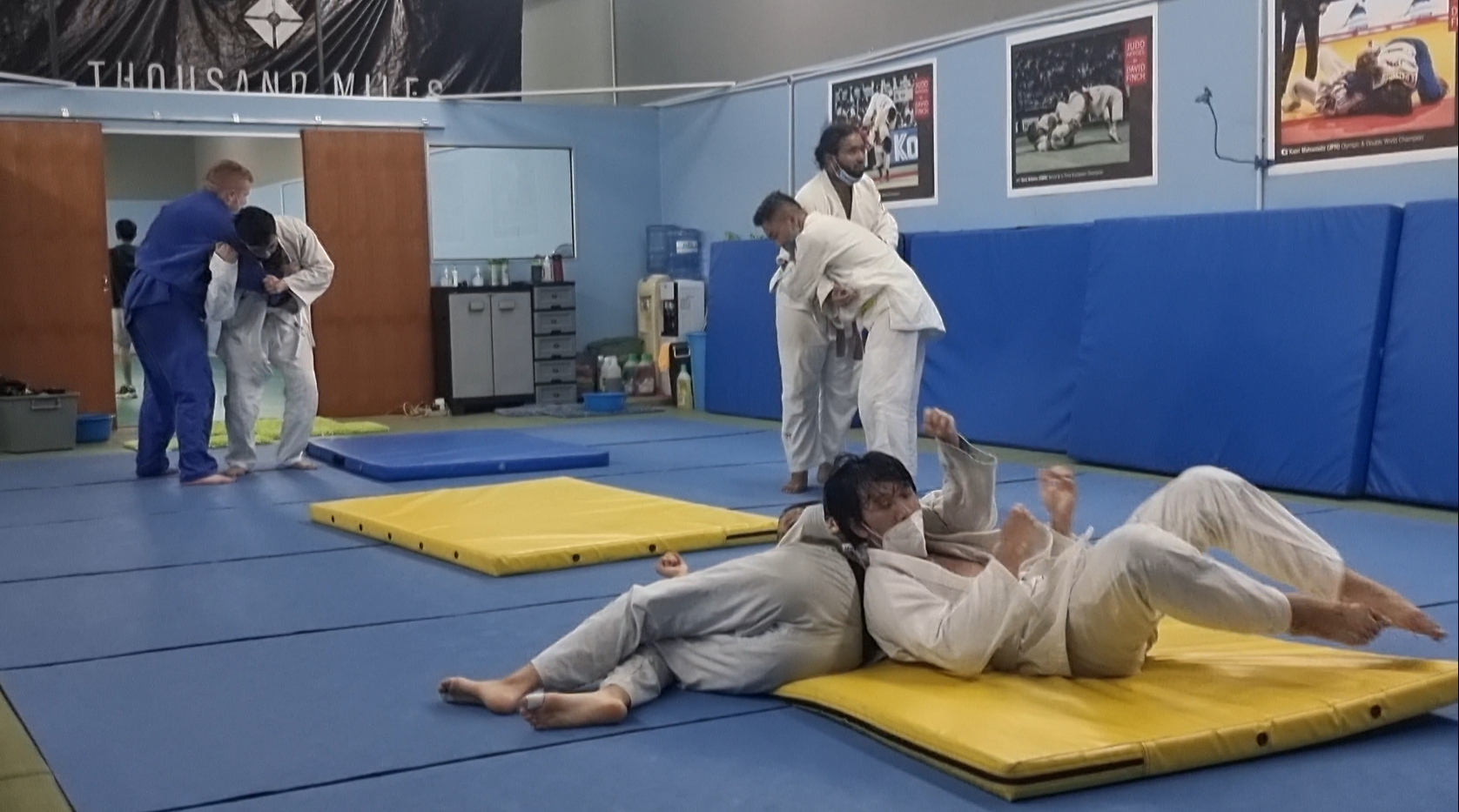
Competition training sessions in the lead up to a competition involves many components.
Firstly, we have to determine the weight class the players will compete in. Generally, this will have to entail cutting weight, which is always a challenging and unpleasant experience. But if a player is midway in between weight classes, they would generally go down rather than go up. So, if someone is 54.5kg for example, they would usually go down to -52kg rather than up to -57kg.
To get players to cut weight, you have to advise them how to do it and to set timelines so they can cut progressively. We weigh our players every session. This process has to be m0nitored diligently, especially if you are dealing with player who have never cut weight before. There is a tendency for players to underestimate just how difficult it is to cut weight. The last thing we want is for players to be overweight the day before weigh-in.
Next, you need to figure out specific techniques they will be working on. This applies to standing and groundwork, and they have to do repetitive drills (both with non-resistance and resistance) for these techniques. Non-resistance drills are useful for them to get used to the movement. Resistance drills are needed for them to learn how to really grasp the technique.
As compared to recreational training, competition training is far more repetitive and thus, not as interesting or fun. But it's designed to build muscle memory which is crucial in competition. During a match, they don't have time to think. They need to act and react instinctively, without thinking.
In addition to tokui-waza (favorite techniques), there are common techniques (both for standing and groundwork) that all our players do. These are techniques that every one of them can do regardless of body type. You can say these are our signature moves that are unique to our club (at least in the context of Malaysian judo).
Transitions, defences and counters are other things that players need to be drilled in. Transitions used to mean transition from standing to ground but new IJF rules allow transitions from ground to standing. So we have to practice both. Defences and counters to common or popular throws is necessary. We know there are certain throws that they will encounter, so we have to prepare them for how to deal with those.
Gripping is a big component of our competition training program. The players are taught gripping strategies and they do drills to get them used to grip fighting, and dominating their opponents.
Then, there's the contest strategy side of things. Players need to know the rules and how to play to the rules. That means sticking within the boundaries of the rules but making the most of them towards your advantage.
It goes without saying that randori is crucial. We have to do lots and lots of randori in the lead up to a competition. Not only does it give them a chance to hone their skills but it also builds up their anaerobic stamina. We can do HIIT and other additional training to build up anaerobic capacity but it's much better to do more randori since it also builds up skills.
Lastly, there is the mental component. You need to get them into the right mindset. To be committed to training and to push as hard as they can. You need to get them to believe in the process. And to believe that our system will get them as ready for the competition as they can possibly be, given their circumstances.
